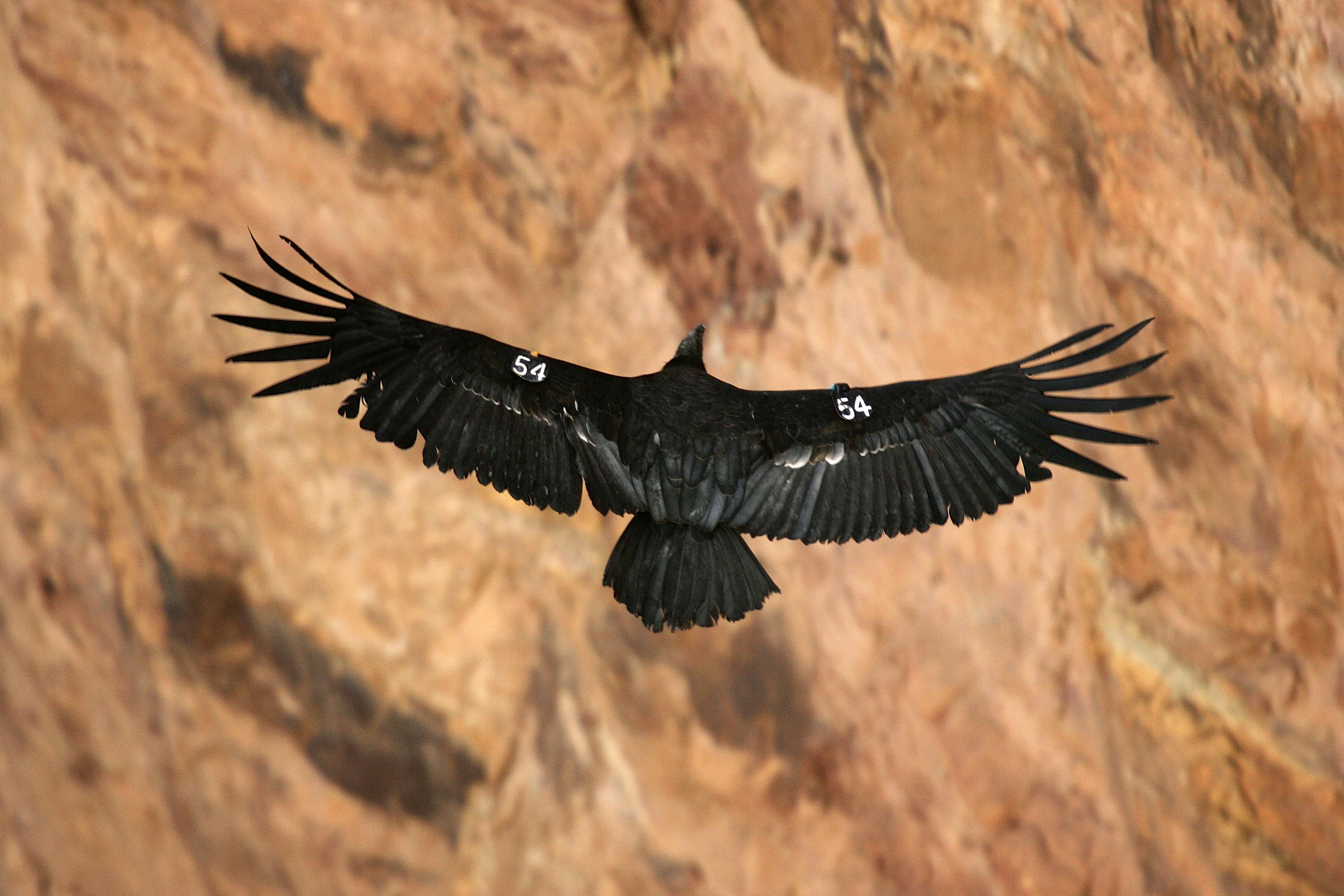Species reintroductions are some of the most dramatic and compelling stories in conservation. Bringing back wolves, black-footed ferrets, condors, and other animals to landscapes that have lost them gives a satisfying sense of closure. Wrong righted; ecosystem healed.
And the conservation biologists who undertake these reintroductions often emphasize that it isn’t just about preserving the species that they are bringing back but restoring their ecological linkages to other species, thereby reknotting the web of life.
But conservationists may be prone to the cuddle-centrism that afflicts so many of us, preferring charismatic animals over other species. Ironically, at least two species reintroductions have been responsible for the permanent severing of one of the tightest ecological relationships in nature: that between parasite and host.
Environmental historian Dolly Jørgensen of Umeå University in Sweden explains in a paper published in Conservation Biology this month:
When the black-footed ferret (Mustela nigripes) was deloused during captive breeding after extinction in the wild, the ferret louse (Neotrichodectes sp.) may have become extinct. Similarly, the louse Colpocephalum californianus was intentionally removed from the endangered California condor (Gymnogyps californianus) during captive breeding and is presumed extinct. It is unfortunate that these programs did not account for the parasite’s conservation.
Um … what? Here we have expensive, complex, and much-lauded programs to bring back species from the brink of extinction, and then we just rinse two other highly endangered species down the drain with the Rid?
Presumably the intention was to ensure the health of the precious remaining condors and ferrets. But there are ways to achieve both objectives. Jesus Perez at the University of Jaén in Granada, Spain, suggests that researchers working on reintroducing the Iberian Lynx manually remove its species-specific lice and transfer them to captive lynxes, or raise them in the lab until the wild Iberian lynx population is robust enough to allow them back out in the wild.
All species are important, and adding back only the cute and charming ones undercuts the notion that reintroduction programs are about ecosystems, not just aesthetics. I’m considering making up some bumper stickers that say “Save the Whales … and Their Ecto- and Endo-Parasites!”
